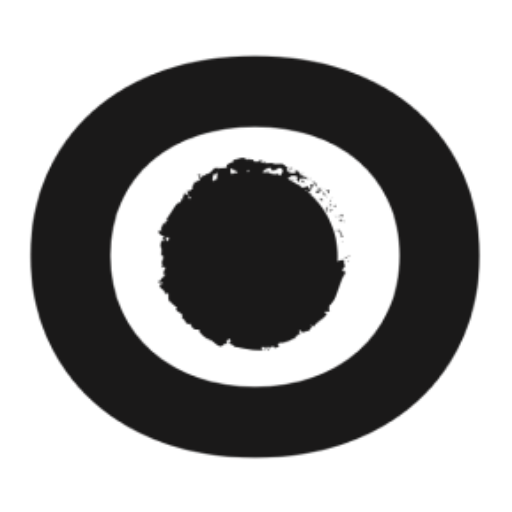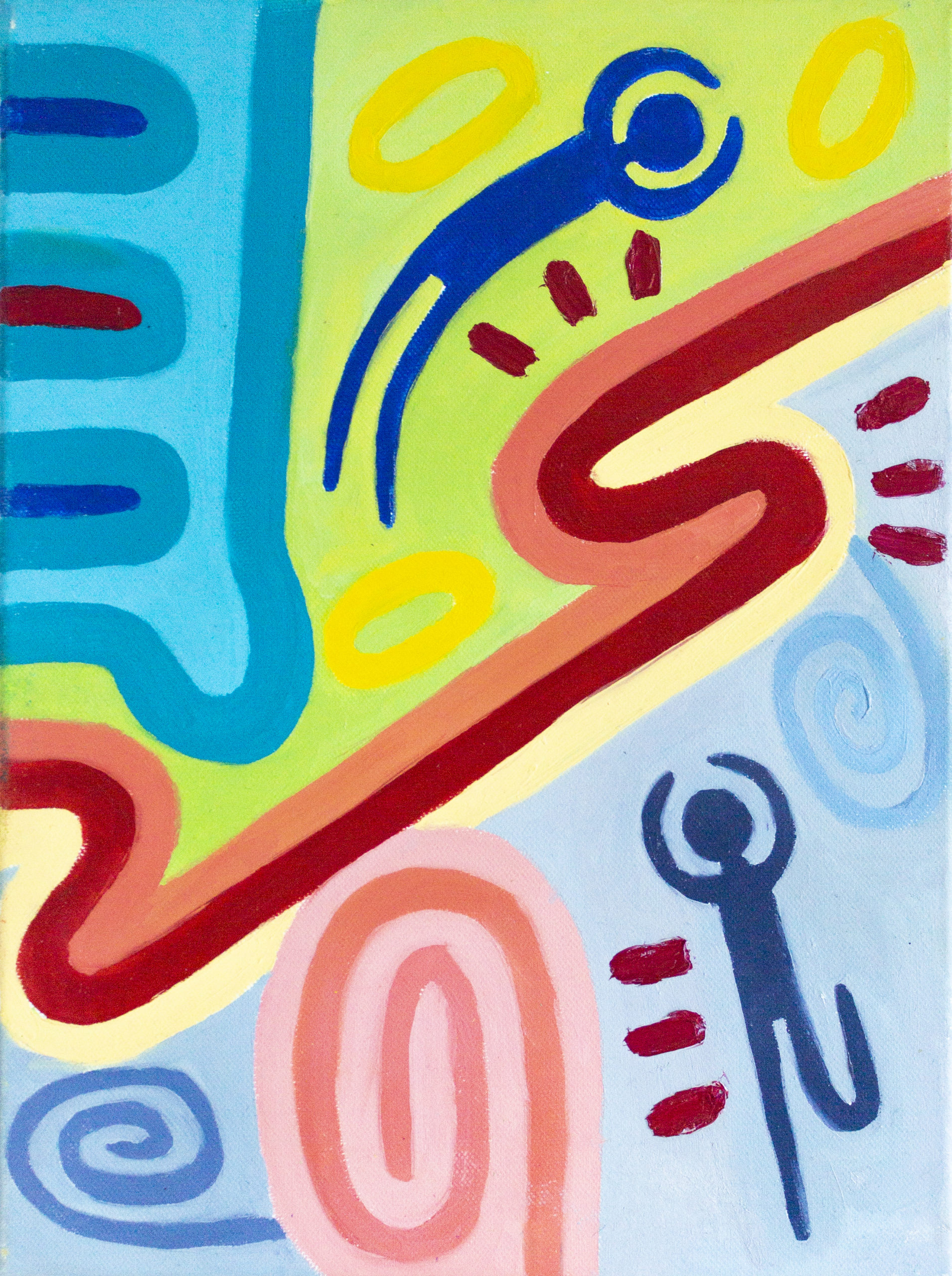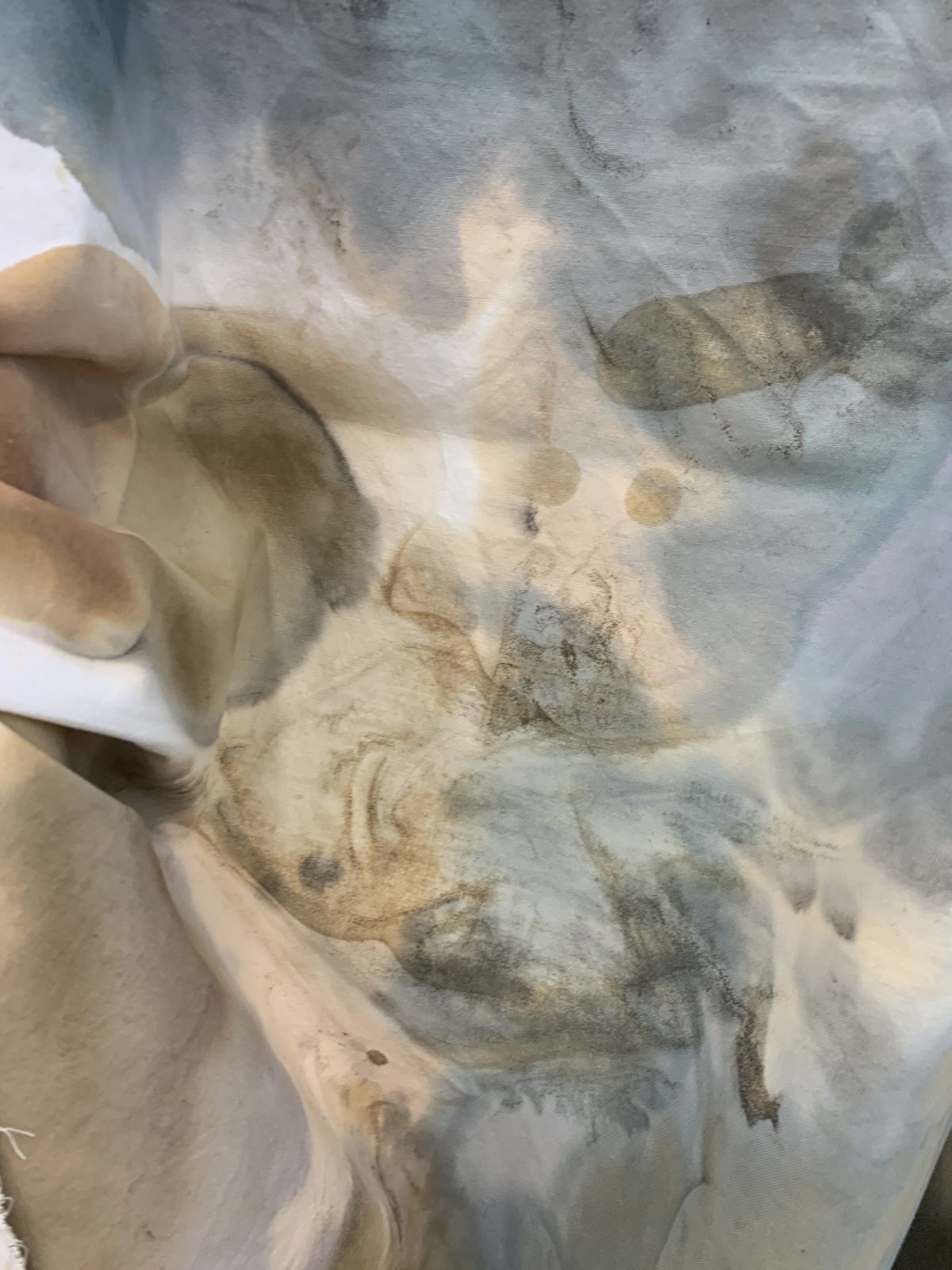
Dasoki Nur just completed four years in arts and design school, and plans to pursue her dream of becoming an independent artist. She will start to work towards a bachelor’s degree in visual arts, in Sierre, in Switzerland. “It was hard to find a globally recognized university course which offered the possibility to explore more than just one artistic technique; but with this university, I get the chance to try a little of everything,” she states.

Back in June, I had seen her final art project which really impressed me, therefore I asked her to be the first artist to be interviewed in YoungVisions. Well, finally, here we are, sitting in a coffee bar, talking about her artwork and her visions as an aspiring artist.
“This year’s final art project was different than the others. The lockdown had shut down the schools and we were obliged to work from home.” Because she was attending art school, of course, it wasn’t simple for her, or her fellow classmates, to find the space and tools to work on art assignments. Yet despite the uncomfortable situation she and the rest of the world were living in, there was a more positive point of view that could’ve eased things a little bit, that is to consider these limits as part of a deep, personal, and intimate inspection, like a test. And this is what she did.
“Given the assignment and the requirements of the school project, I was trying to figure out a concept to work on, whilst at the same time, I was painting some different canvases I had bought, to help me detach mentally and relax,” she said. “After the second painting, I realized the importance of what I was doing, so I decided to focus entirely on those.”
Nur continues explaining how those paintings initiated a conversation between her and her inner-Self, in which she manifested all her doubts and frustrations about a period which appeared full of uncertainty towards the future.
The work is untitled Bare Streams (original Italian title is “Flussi a nudo”) and it consists of two series of paintings and drawings, diversified in totally different approaches. Let’s dive a little deeper.
FIRST SERIES OF ABSTRACT PAINTINGS
The first thing you notice when looking at the first abstract series, which include eight oil-based color paintings on 11.8×15.7 inch canvases (30x40cm), is the bright and joyful colors she used. The contrast of the shades gives a bright and dynamic feeling while the two-dimension shapes and lines evoke a simple yet interesting composition. “I refused to think too much about what I was doing, I hadn’t ever used oil-based colors till this time and I didn’t even know how to apply them correctly.”



She points out also that there are some imperfections in the brushstrokes, but everything finally “comes back together as one identical language.” And I agree. If you look at all of the canvases together, you notice that despite her continuous and spontaneous process with the creation of the paintings, there is a certain formula, system or “code” that keeps on repeating itself, like an unspoken “fil-rouge” that unifies every stroke, shape, and composition she chose. “I took plenty of time to think what was the good shape, the right shade, and the correct intensity of the colors. Finally, I believe that that unspoken system is an expression of my soul, especially because I felt exhausted every time I finished each painting”.

SECOND SERIES OF MONOCHROMATIC DRAWINGS


On the other hand, if we take a look at her second series, which embodies ten 18.8×13 inch (48x33cm) sheets of paper with monochromatic black oil color, we see again a pattern that keeps on repeating itself modularly in every sheet, but each of them is unique on their own. Nur states that these expressive “lines and simple shapes represent a continuous, if not infinite, research of minimalistic primitive-looking symbols of the human form. I could’ve kept on making these drawings forever.” She tried and failed several times before finding the right consistency of the black color she used, but finally, she got it as she wanted. Nur also tried this technique on a canvas rather than the sheet of paper, and it turned out to be even more interesting than she thought, as the black strokes expanded in a peculiar way.

I asked her if she got any inspiration from some specific artists, especially because there is a certain similarity with Keith Haring, as well as the famous colorful collages from Matisse. “To be honest, I didn’t particularly think of any specific artist nor an artwork while in the making-process of this project of mine, but it’s clear that having studied art history and seen tons of famous painters, it is almost impossible not to express some influences by our predecessors. But if you really want to know, I would say that I have been recently been very interested in the last works of Paul Klee and Sophie Tæuber-Arp.”

“Finally, the only certain influence I can tell you about is that if you look at these paintings you can notice some similitudes with the Arabic alphabet.” In fact, Nur has Lebanese and Palestine origins, and she is able to speak and write Arabic. “In my house, I always had these carpets on the floor representing oriental symbols and Asiatic calligraphy. I walked on them many infinite times and with all probability, they got absorbed into my art.”
Well, how magical is that.
WHAT IS YOUR VISION?
To conclude this first interview with Nur, I asked her where she would see herself in a few years, and what her vision is about the art world in the future. She answers by saying that it is really hard to try to understand what the art world will be like one day. “It is already challenging to understand what’s happening in this present moment, therefore thinking about the art world tomorrow, is hard. But I must say I am very curious.” Finally, Nur concludes in telling me that because the arts are continuously changing and the education world must adapt to these changes, teaching could be something she would consider when she will be older.
If in writing, to make yourself understood, you have to use the limited number of words that are present in the vocabulary, in art you have no limits and you can be understood by anyone if you give them the means.
Dasoki Nur, 2020
To close this article, I want to say that Dasoki Nur is someone who is a person worth following in her journey as an artist. Her artworks are undoubtedly original and they illustrate her unique style, which will one day bloom in her fullest expression.





Comments
A thoughtful portrait of a talented young woman, by an equally talented one. Congratulations to both!